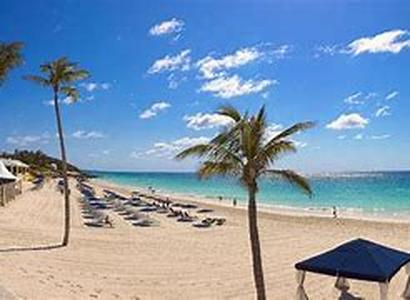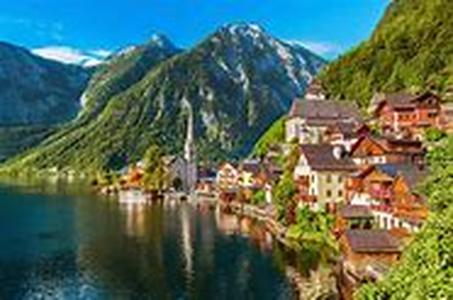
Word Count: 457KWD: 1.75Dominican Republic GeographyThe Dominican Republic Geography Is Greatly Diverse; Ranging From Barren Semi-desert Plains To Lush Green Valleys Of Tropical Rain Forest. The Dominican Republic Geography Is Bestowed With A Wide Array Of Plant Life. Most Of The Visitors Of The Dominican Republic Are Fascinated By The Glorious Golden Sand Beaches Along Its Coast Lines. The Capital Of The Dominican Republic Is Santo Domingo City (or Santo Domingo De Guzman). The Santo Domingo City Is Located In The Southern Area Of The Hispaniola (an Island In The Caribbean). Santo Domingo De Guzman Is The Largest City Of The Country. The Dominican Republic Geography Is Two-thirds Of The Hispaniola Island, While The Other One-third Of The Hispaniola Island Belongs To The Country Of Haiti. The City Of Santo Domingo Was Once A Single City Within The National District Province. Now, It Is Divided Into Two Regions, The Province Of Santo Domingo And The Distrito Nacional. The Dominican Republic Consists Of Three Main Mountain Ranges. These Mountain Ranges Are: The Cordillera Central (or The Central Mountains), The Septentrional Mountains And The Eastern Mountains (Cordillera Oriental). The Cordillera Central Or The Central Mountains Cover The Central Portion Of The Hispaniola Island And Stems In The Country Of Haiti. The Highest Elevation Of The Cordillera Central Is More Than Ten Thousand Feet Or Three Thousand Meters Above Sea Level. Its Highest Peak Is Found In The Antilles, Pico Duarte Of Which Is Regularly Covered In Snow During The Winter Season. The Septentrional Mountains Spans Parallel To The Cordillera Central And Divides The Cibao Valley And The Coastal Plains Of The Atlantic. The Cibao Valley Has Gold Mines That Made The Spaniards And Christopher Columbus Back To The Island After The Discovery Of America. The Eastern Mountains Is The Shortest And The Lowest Of The Three Mountain Ranges. It Is Located In The Eastern Region Of The Dominican Republic Geography. The Southeastern Part Of The Dominican Republic Geography Is Mostly Covered With Rolling Plains. These Rolling Plains Cover The Surrounding Area Of The Capital City, Santo Domingo. However, The Land Of The Western Part Of The Dominican Republic Geography Is Fairly Arid. This Part Of The Dominican Republic Geography Is Populated By Thorns Shrubs And Other Verities Of Cacti. Like The Other Islands In The Caribbean, The Dominican Republic Geography Is Not Suitable For Wild Animal Habitat. The Country Has No Natural Poisonous Spiders Or Snakes.The Dominican Republic Is One Of The Countries In The World That Has Contrasting Environment. It Is A Country Where You Can Find Rocky Cliffs And Mountain Ranges Alongside With The Lowest Point Valleys Of The Caribbean; A Country Wherein You Will Find Spreads Of Rain Forest And Fertile Valley To Arid Environments With Lots Of Cacti Population.





